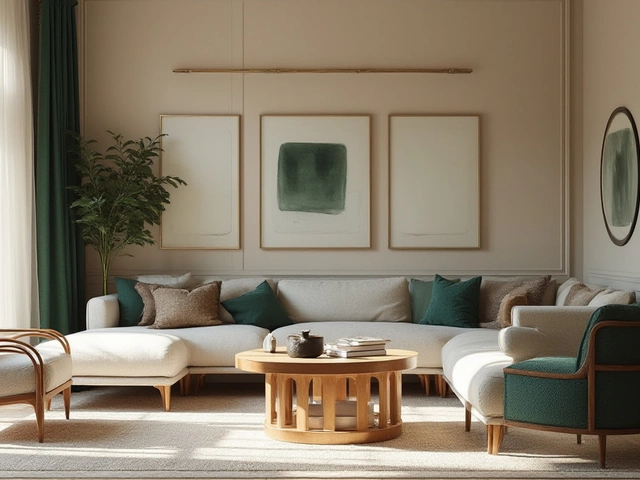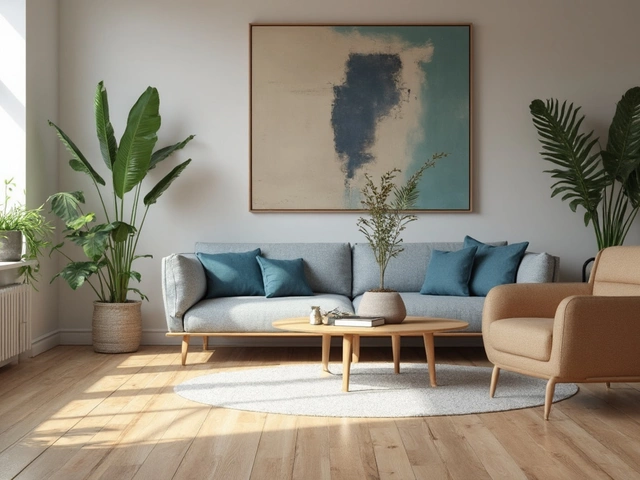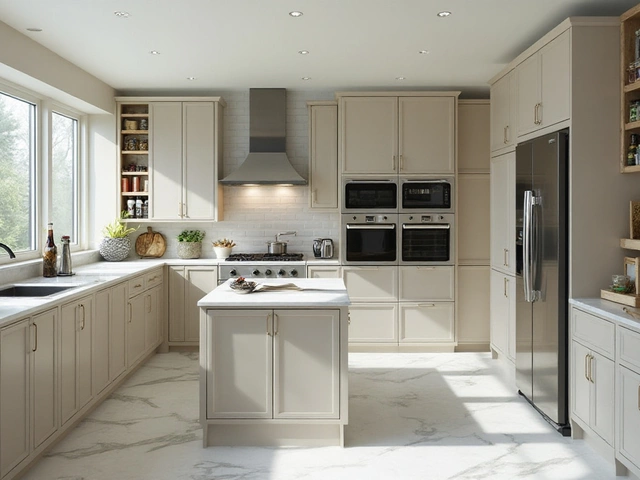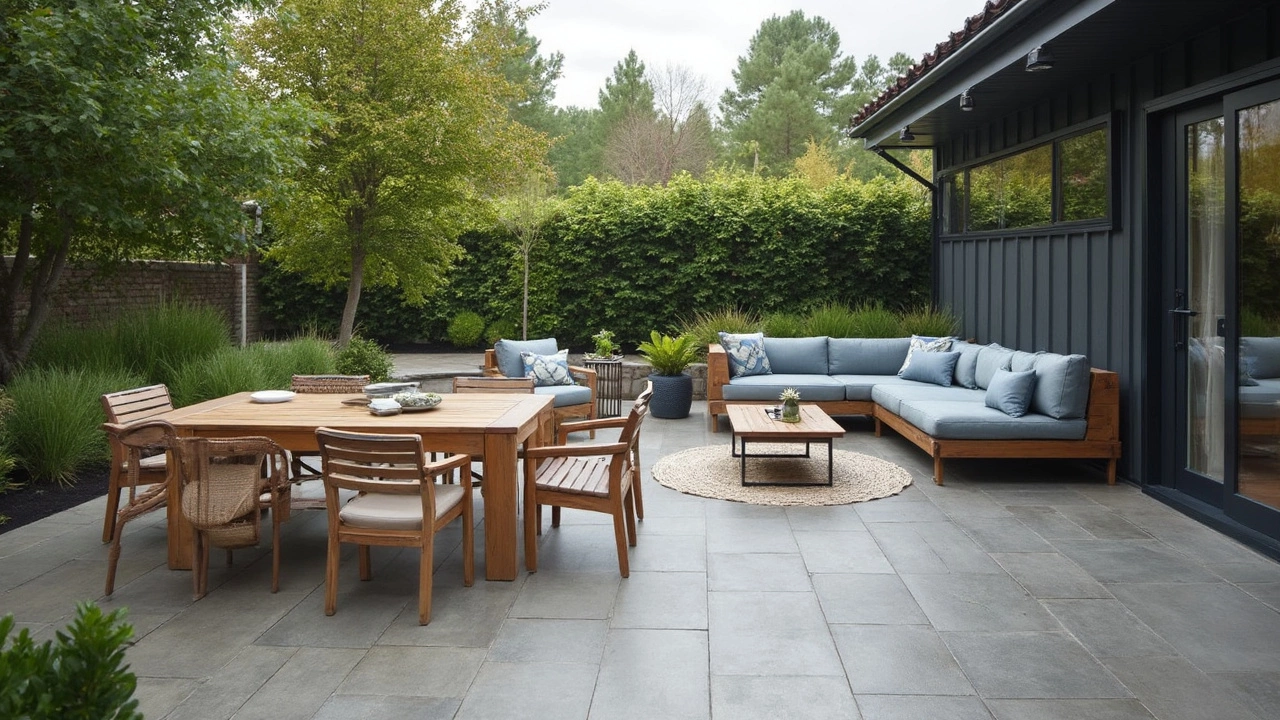
Ever wondered why some outdoor furniture looks brand new after years while others fade and rust in no time? It's not magic—it's all about the materials and how they're put together. If you're setting up your garden or patio, knowing what lasts can save you plenty of headaches and cash in the future.
First thing to consider? Material. Wood like teak has a reputation for toughness, but did you know it naturally repels water and resists warping? Then there's metal—especially aluminum—which is great against the elements since it's both rust-resistant and lightweight. Plus, don't overlook synthetic options! They're often designed to mimic natural materials without the downside of weather damage.
Before you swipe that card, think about how much maintenance you're willing to do. Some materials might need regular sealing or covering, while others can just be wiped down. Also, check your local climate; some places might wreak havoc on certain furniture styles. Stay with us as we dive deeper into what holds up against time and the weather.
- Understanding Material Durability
- Top Long-Lasting Furniture Types
- Weather-Resistant Options
- Maintenance Tips for Longevity
- Cost vs. Longevity: Balancing the Budget
Understanding Material Durability
When it comes to outdoor furniture, you can't just look at style and price. Durability is a big deal because this stuff faces sun, rain, and sometimes even snow. The materials you choose can make or break how long-lasting your patio or garden setup will be.
Wood is a popular choice, and for good reason. Teak, for instance, is legendary for its strength. It naturally produces oils that resist moisture and pests, which means less maintenance for you. Just a little cleaning and the occasional sealant, and it'll last a lifetime.
Metal Madness
When thinking about metals, you have a few options. Aluminum is a front-runner in the world of durable garden furniture. It's light, which is great if you tend to rearrange things, and it won't rust even in wet weather. On the other side, you have wrought iron. It's heavy, sure, but boy, does it last. Just keep in mind, you'll need to touch up the paint now and then to prevent rust.
Synthetic for the Win
Synthetic materials like resin and plastic often surprise folks with how tough they are. They're mostly impervious to weather—a quick clean is all they need to stay looking good. Plus, they're often cheaper than other materials, so if budget is a concern, they're a solid bet.
| Material | Pros | Cons |
|---|---|---|
| Teak Wood | Resistant to water and pests, long-lasting | Requires occasional maintenance, can be pricey |
| Aluminum | Lightweight, rust-resistant | Can bend under pressure |
| Wrought Iron | Exceptionally durable, classic look | Heavy, requires rust prevention |
| Resin/Plastic | Weather-resistant, low-cost | Less elegant look, potential for discoloration over time |
Pick what's best for your pocket and living area. Knowing a bit more about these materials helps make an informed decision—not just on looks or comfort, but on longevity. With the right care, even the lightest piece of furniture can turn into a workhorse.
Top Long-Lasting Furniture Types
When it comes to durable garden furniture, not all pieces are created equal. Let's break down some of the most resilient materials and furniture types that can handle whatever Mother Nature throws their way.
Teak Furniture
Known as the king of woods for a reason, teak is absolutely top-notch for outdoor settings. Why? It’s packed with natural oils that repel water, preventing the wood from rotting or warping. Plus, the color and grain of teak give your garden a warm, inviting look that lasts.
Metal Furniture
Weather-resistant chairs often come in metal versions like aluminum and wrought iron. Aluminum is rust-resistant and lightweight, making it easy to rearrange as you like. Wrought iron, meanwhile, scores high in elegance and durability when coated properly to prevent rust.
Polyethylene Wicker
Love the wicker look but worried about durability? Go for synthetic versions like polyethylene wicker. It’s designed to withstand rain, sun, and wind far better than traditional wicker, letting you keep the rustic look without the extra upkeep.
Recycled Plastic
Eco-friendly and tough, recycled plastic furniture is gaining popularity. It resists fading, warping, and splintering over time. Cleaning’s a breeze too—just a quick hosing down and you’re good.
Remember, the strength of long-lasting patio sets has a lot to do with joints and construction too. Go for pieces with sturdy welds or hardware to ensure they stand firm against the elements.
| Material | Resistance |
|---|---|
| Teak | Water, Rot |
| Aluminum | Rust |
| Polyethylene Wicker | Weather |
| Recycled Plastic | Fade, Warp |
Choosing these materials can prolong the life of your outdoor furniture and keep it looking fresh season after season. With these tips, you're set to make your outdoor space not just beautiful, but enduring. Who wouldn’t want that?
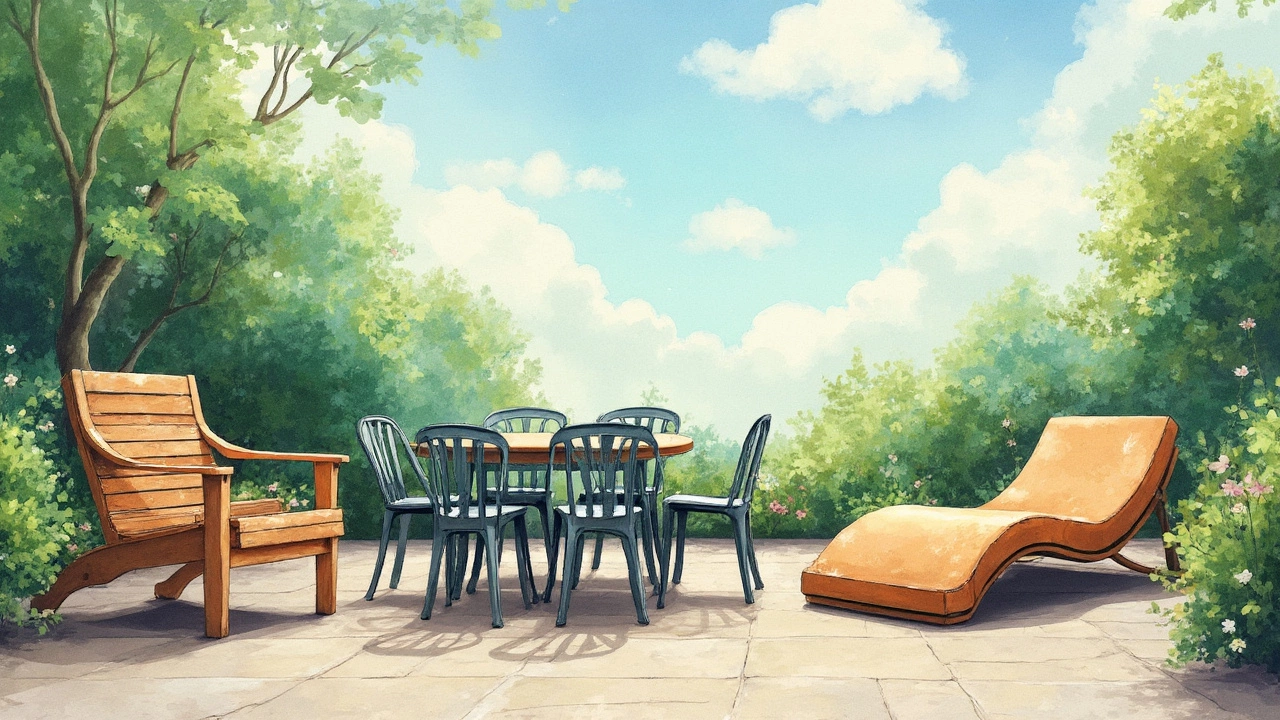
Weather-Resistant Options
When it comes to outdoor furniture, dealing with unpredictable weather is just part of the package. But fear not, because some options are built to handle whatever Mother Nature throws their way.
Teak: The All-Star Performer
Teak wood is a standout for a reason. It has natural oils that make it incredibly resistant to moisture. This means it won’t warp, crack, or turn splotchy, even if you forget to cover it during a rainstorm. Plus, that signature silvery patina look only adds character over time.
Aluminum: Lightweight and Resilient
Aluminum is the unsung hero of garden furniture. It doesn't rust, making it a fantastic choice for areas that get heavy rainfall. With a powder-coated finish, you can even add a splash of color that won’t chip away in the sun.
Wicker with a Twist: The Synthetic Advantage
Synthetic wicker, often made from polyethylene, is designed to beat the real thing. It captures the charm of traditional wicker but is UV resistant and won’t fade or split when left outdoors.
Solid Metal Choices: Steel and Iron
For fans of a classic look, stainless steel and wrought iron are worthy contenders. And with proper care — think rust-resistant finishes — they can last years. Just remember, these can be heavy, which is great for windy areas but might be a pain if you like to rearrange often.
| Material | Benefits | Tips |
|---|---|---|
| Teak | Highly moisture-resistant | Requires occasional oiling |
| Aluminum | Lightweight, rust-resistant | Look for powder-coated finishes |
| Synthetic Wicker | UV-resistant, no fading | Easy to clean |
| Stainless Steel | Durable, corrosion-resistant | Keep polished for best appearance |
When picking weather-resistant chairs and tables, choice and maintenance go hand in hand. It's about picking the right material for your climate and lifestyle without sacrificing style or budget.
Maintenance Tips for Longevity
Taking care of your outdoor furniture might seem like a chore, but a little upkeep can go a long way in keeping your pieces looking great and standing strong. Whether you've splurged on that beautiful teak set or opted for a metal design, a few regular maintenance habits can make all the difference.
General Cleaning Practices
Most dirt and grime can be handled with ease if you use the right techniques. For wood furniture, a simple mix of mild soap and water is usually all you need. Just avoid pressure washing—it's too harsh. For metal parts, washing with a soft cloth will do the trick; this helps prevent rust, especially on joints and screws.
Weather-Proofing Essentials
Weather and UV rays can be your furniture's worst enemy. Applying a protective sealant to wooden furniture annually helps keep it safe from moisture. For metal pieces, invest in weather covers when not in use, particularly in extreme weather conditions.
Furniture Preservation Tips
Few tricks can easily extend the life of your furniture. Store it indoors during off-seasons to avoid unnecessary exposure. When arranging your outdoor space, leave a buffer zone between grass and furniture to reduce moisture contact.
Routine Checks
Make it a habit to check for loose screws or joints at the start and end of each season. It's easier to fix small issues before they turn into big problems. Also, keep an eye out for any signs of rust or mildew, and address these issues promptly to avoid further damage.
Handy Reference
| Material | Maintenance Frequency | Common Tips |
|---|---|---|
| Teak | Twice a year | Apply sealant, store in winter |
| Metal | Quarterly | Inspect for rust, cover in rain |
| Wicker | Monthly | Clean with soap, avoid moisture |
By following these steps, you'll not only keep your furniture looking great but also save money in the long run. A little care goes a long way to ensuring your garden furniture can withstand whatever Mother Nature throws at it, keeping your outdoor space cozy and inviting.
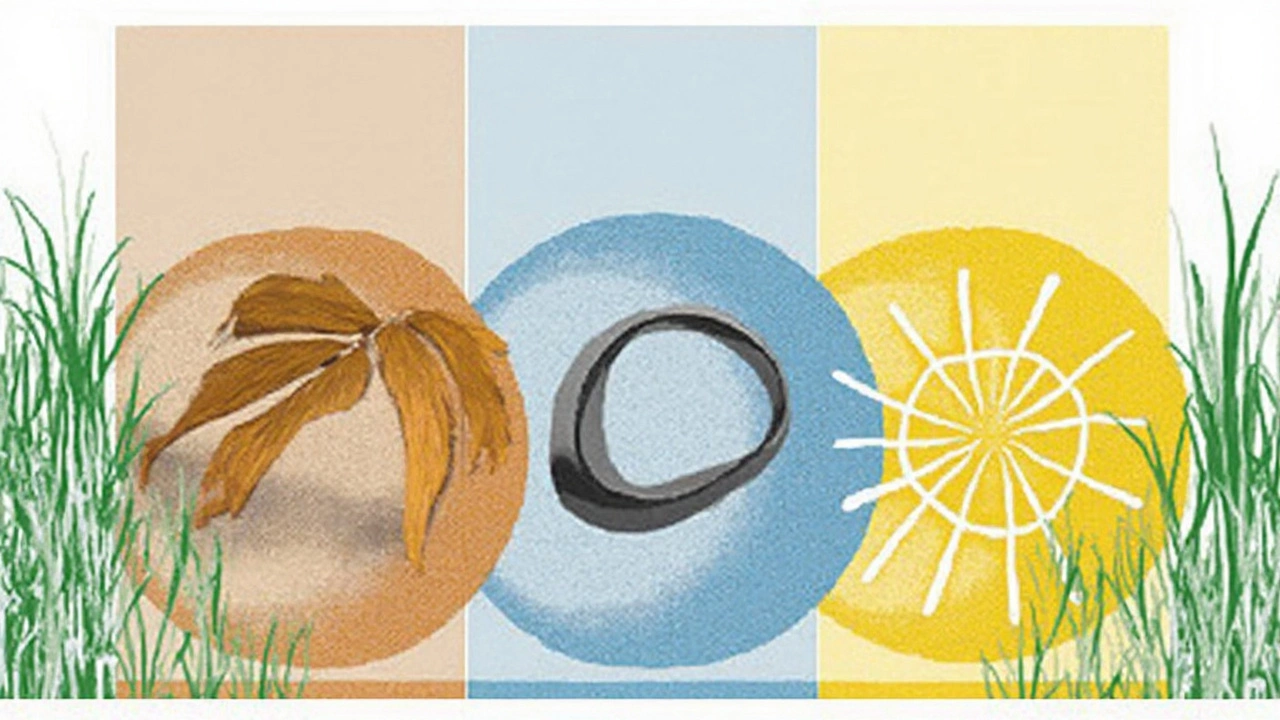
Cost vs. Longevity: Balancing the Budget
When you're hunting for outdoor furniture, it's easy to get lured by the lowest price tag. But is it really worth it if you have to replace it after just one season? Striking the right balance between upfront costs and how long an item will last is crucial.
Material Matters
The material you choose will largely determine both cost and lifespan. Teak is a top choice for durability, lasting up to 50 years outdoors, but it's going to pinch your wallet. Aluminum is much cheaper, and while it won't last as long as teak, it can still give you a good 10-15 years with proper care.
| Material | Average Lifespan (Years) | Average Cost |
|---|---|---|
| Teak | 40-50 | High |
| Aluminum | 10-15 | Moderate |
| Plastic | 3-5 | Low |
"Investing in quality garden furniture upfront may seem expensive, but it pays off in the long run," says Anna Hopkins, a landscape design expert.
Maintenance and Longevity
Cheap furniture often requires more maintenance, meaning time and money spent throughout the year. High-end materials might cost you at first, but they typically require less effort to keep in tip-top shape. Keep this in mind—sometimes a little extra now saves a lot later.
Budget-Friendly Tips
- Consider buying off-season when retailers are likely to offer discounts.
- Second-hand markets can be a gold mine for high-quality furniture at a fraction of the cost.
- Mix and match materials—invest more in key pieces, like a table, and opt for budget-friendly chairs.
Remember, finding the sweet spot between price and durability isn't just about how deep your pockets are today. It's about making a smart investment in your home's outdoor space for the years to come.

